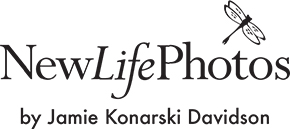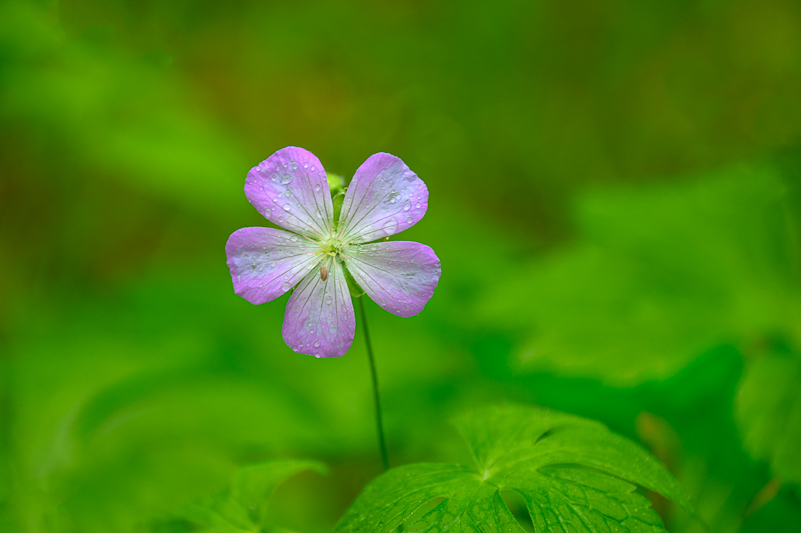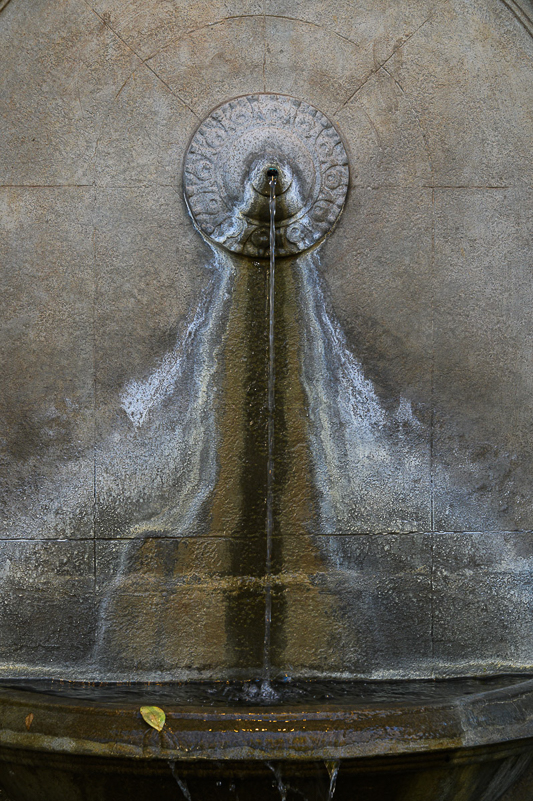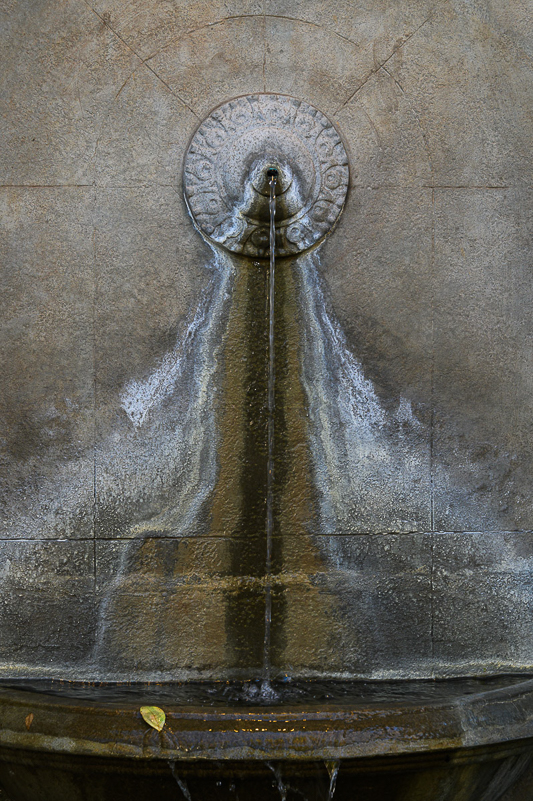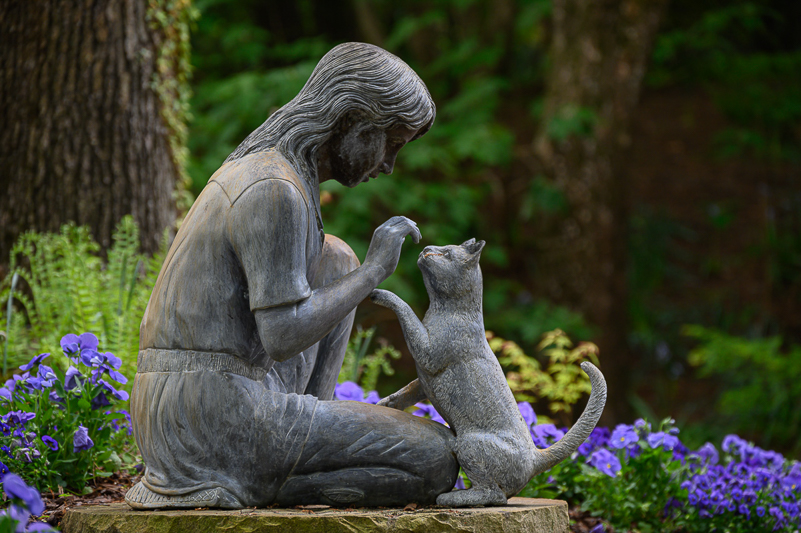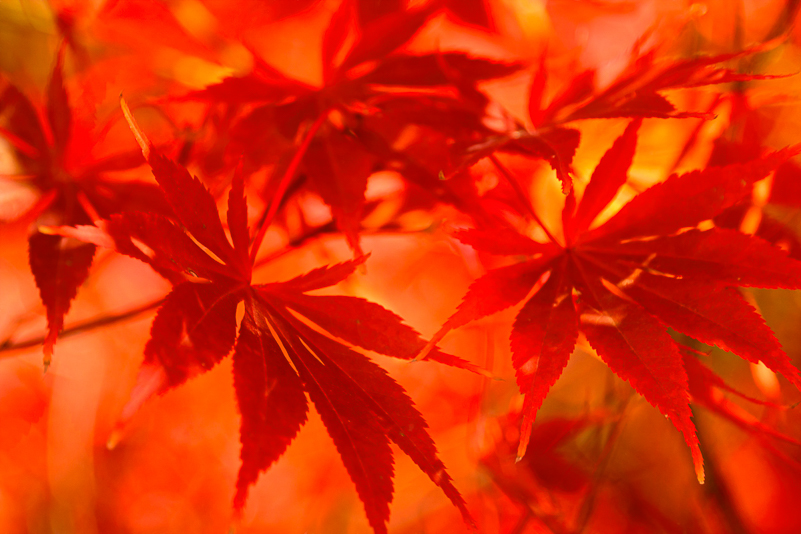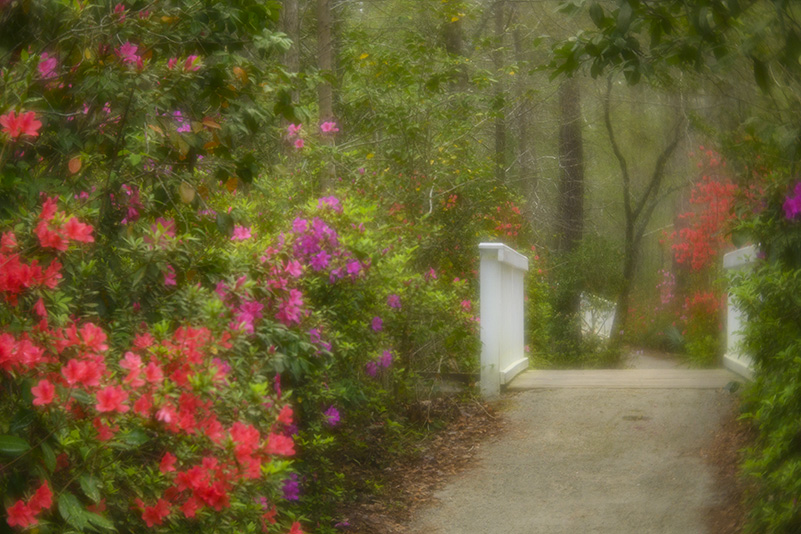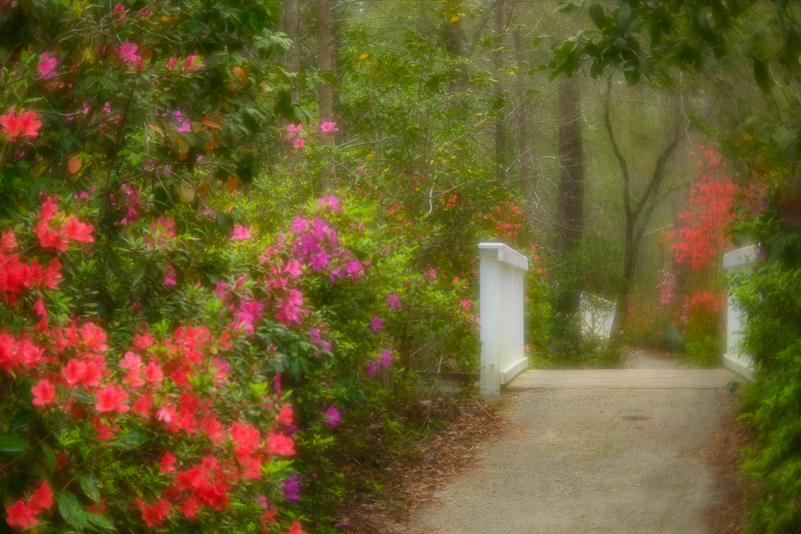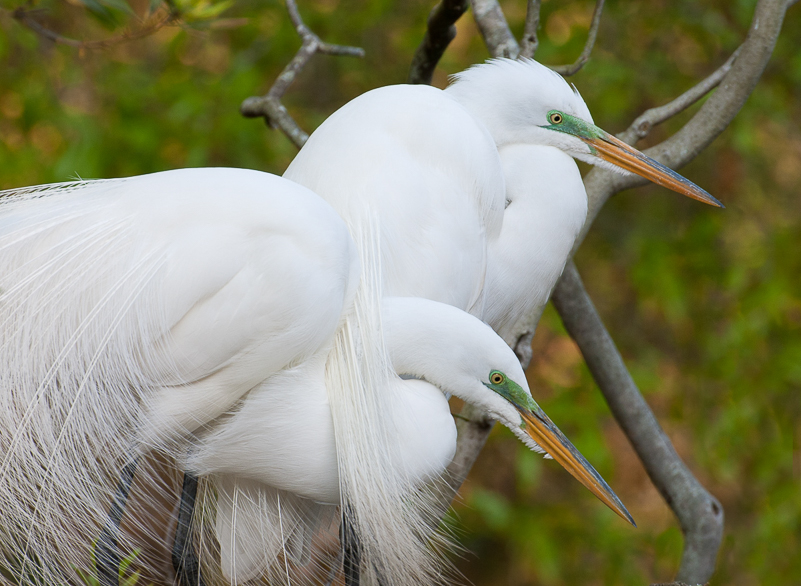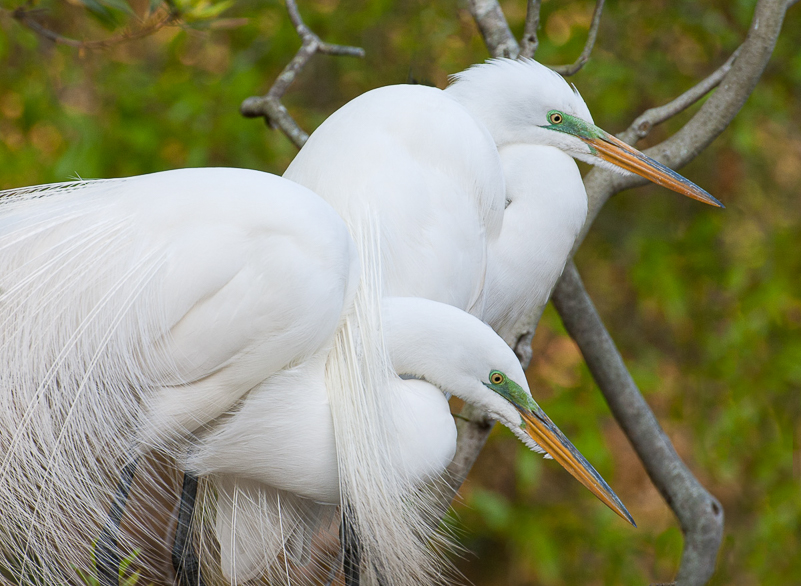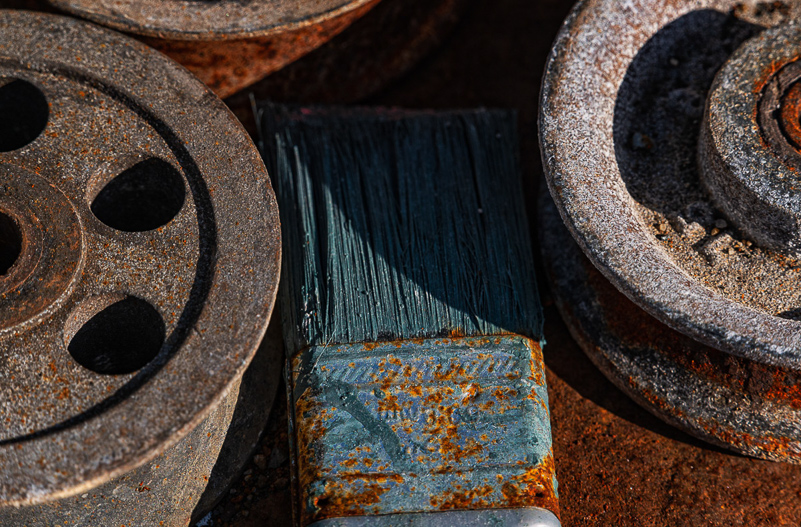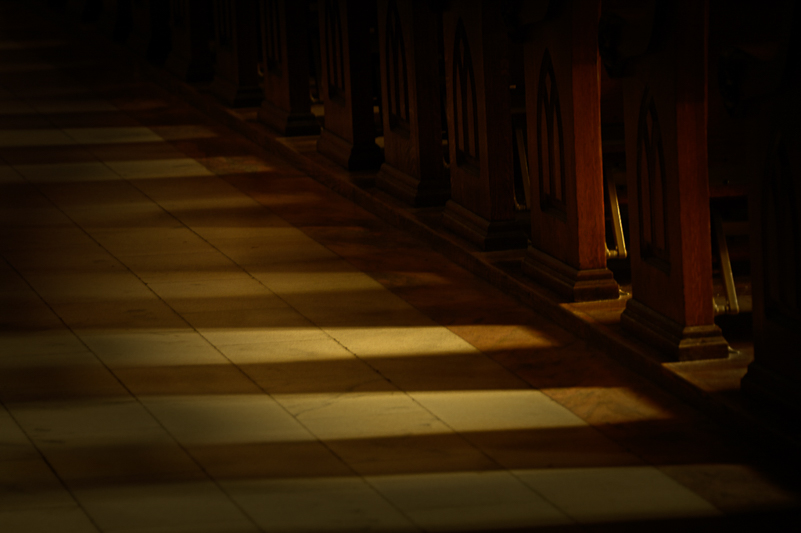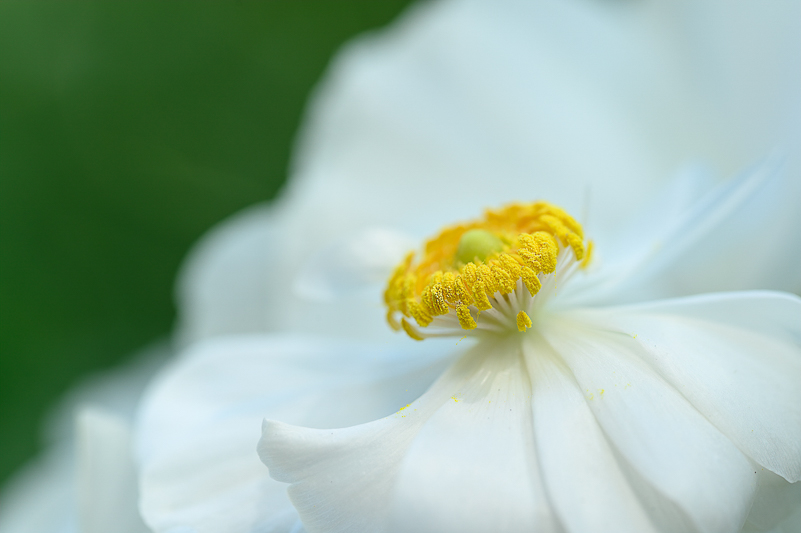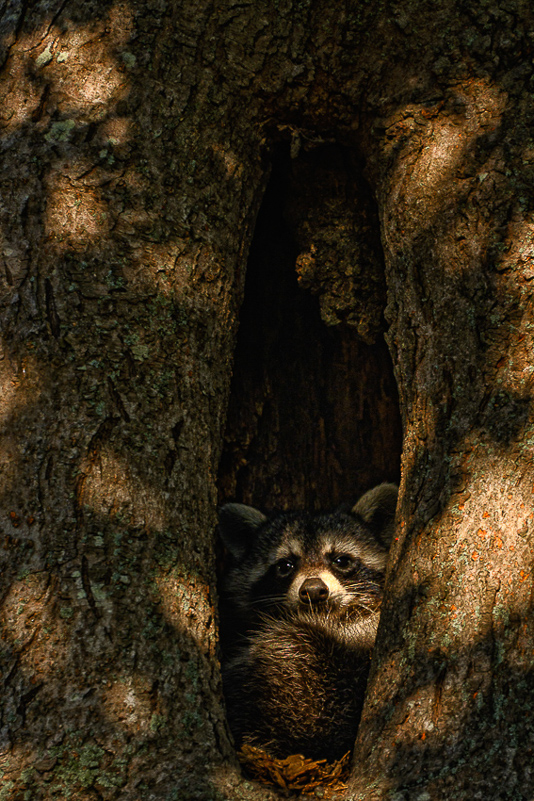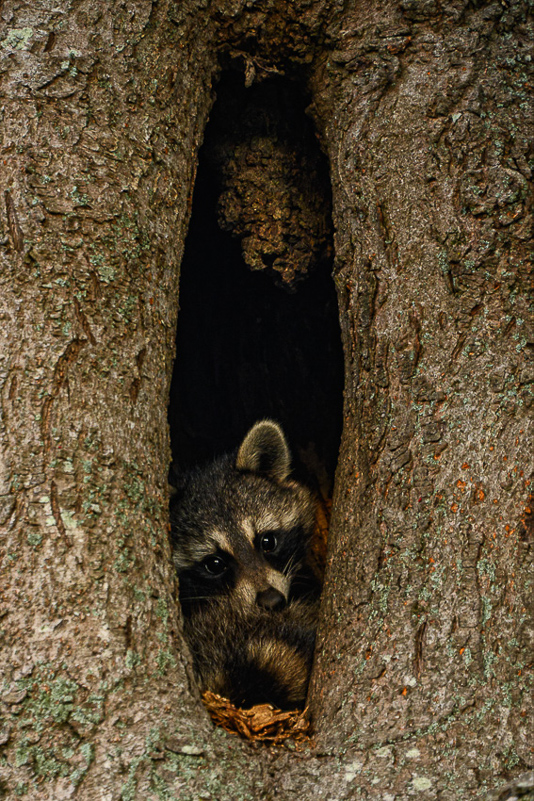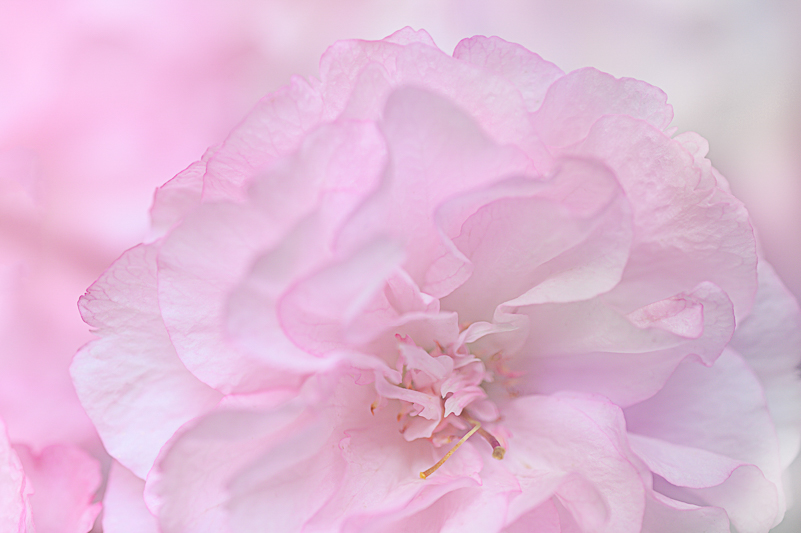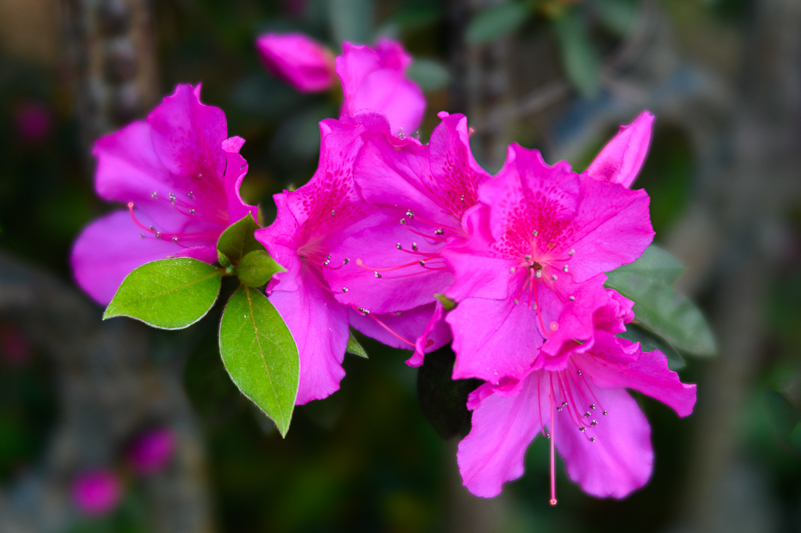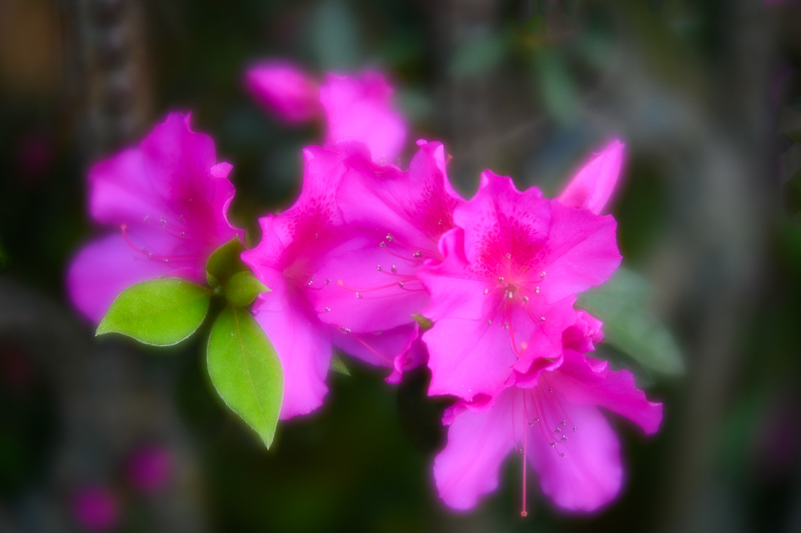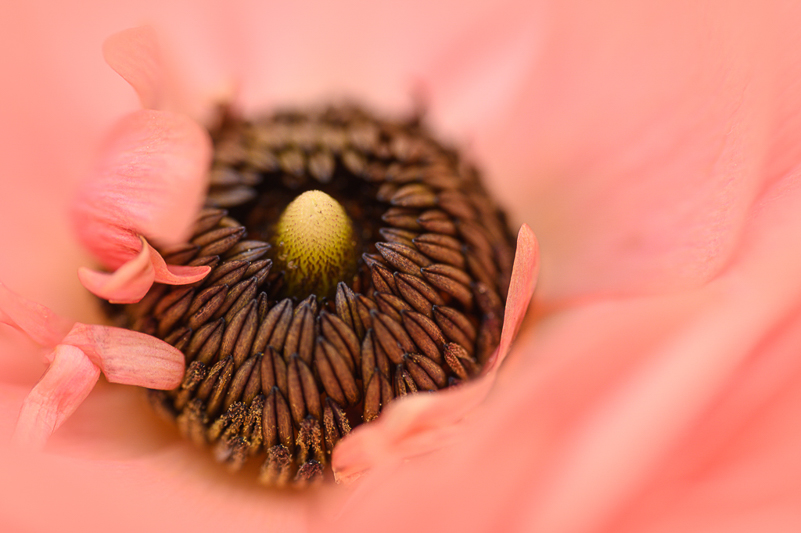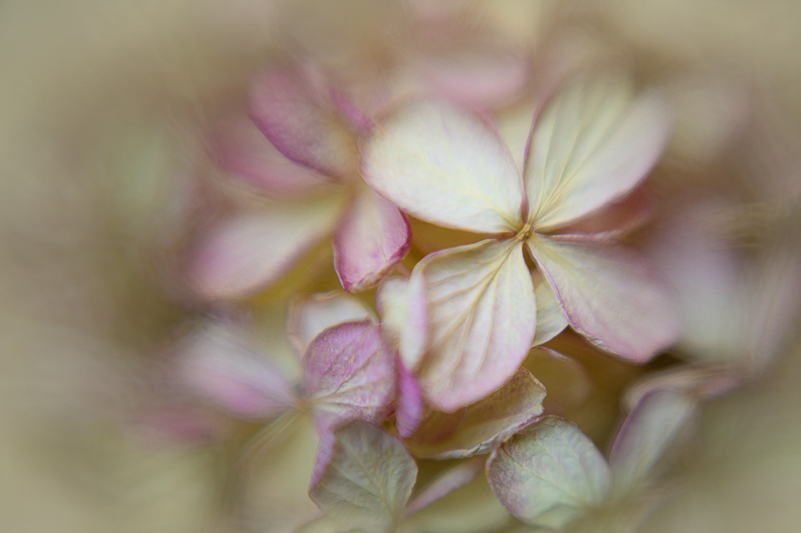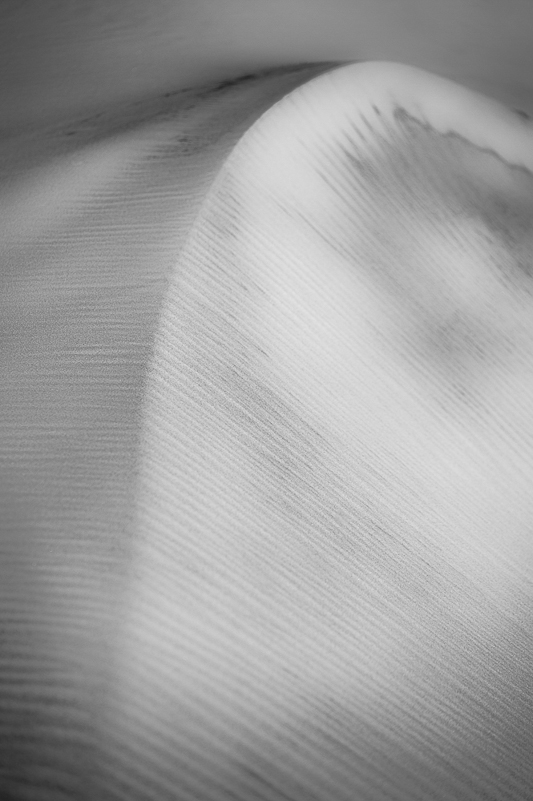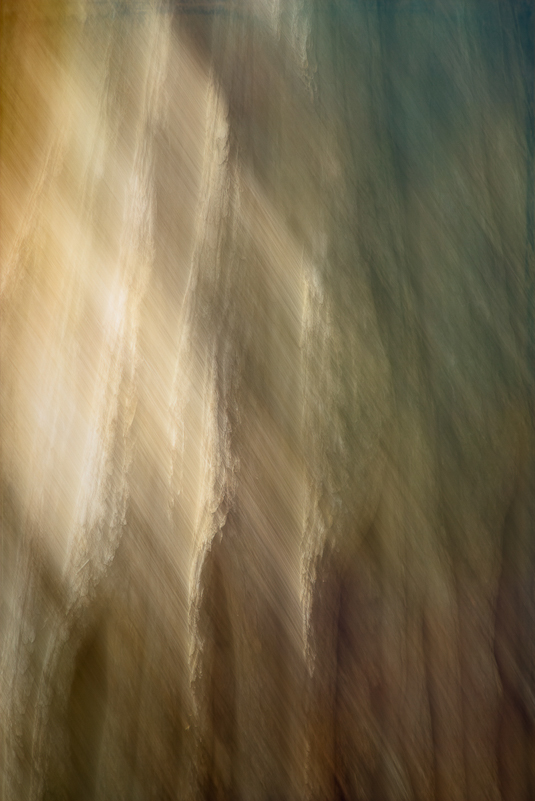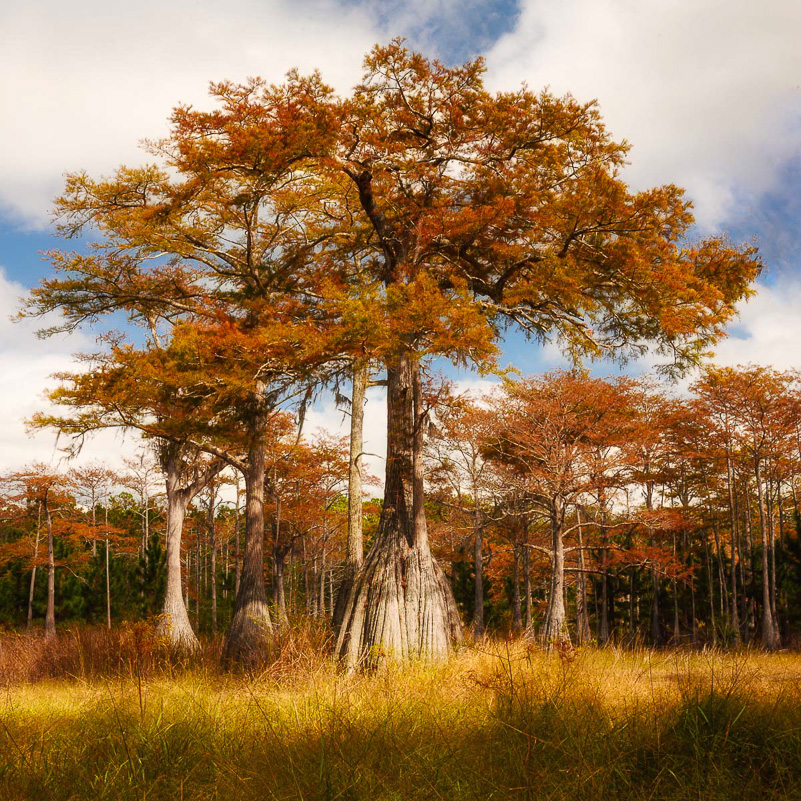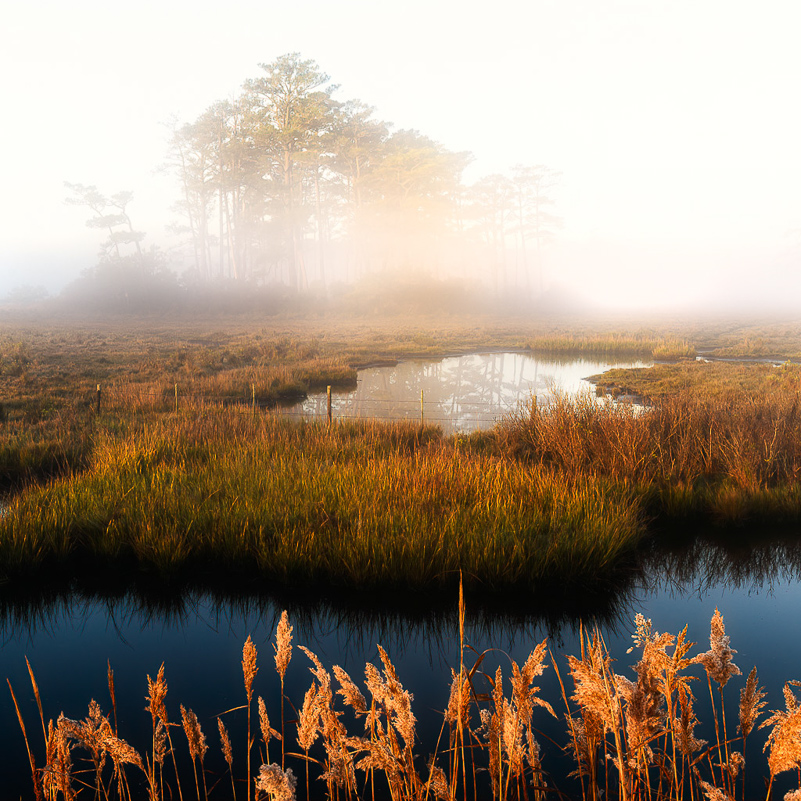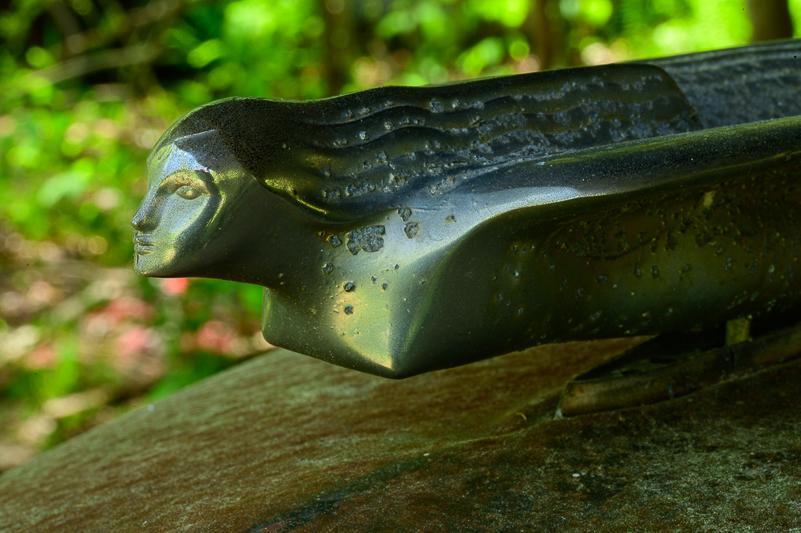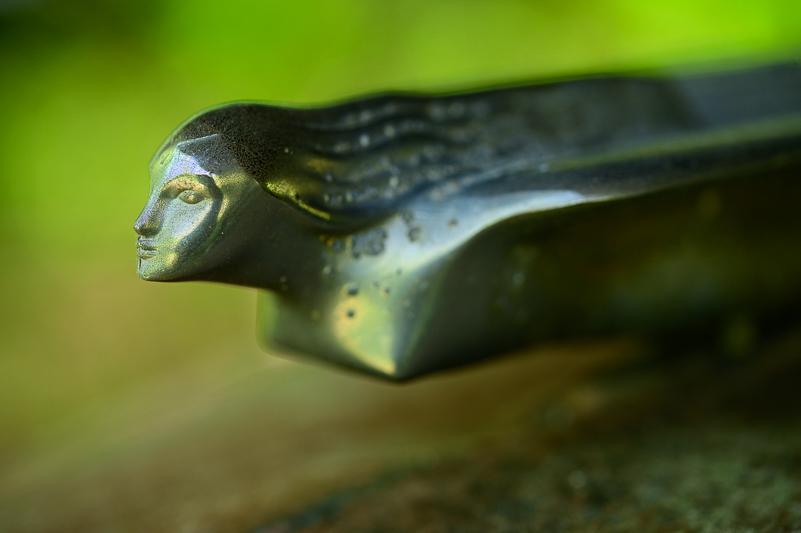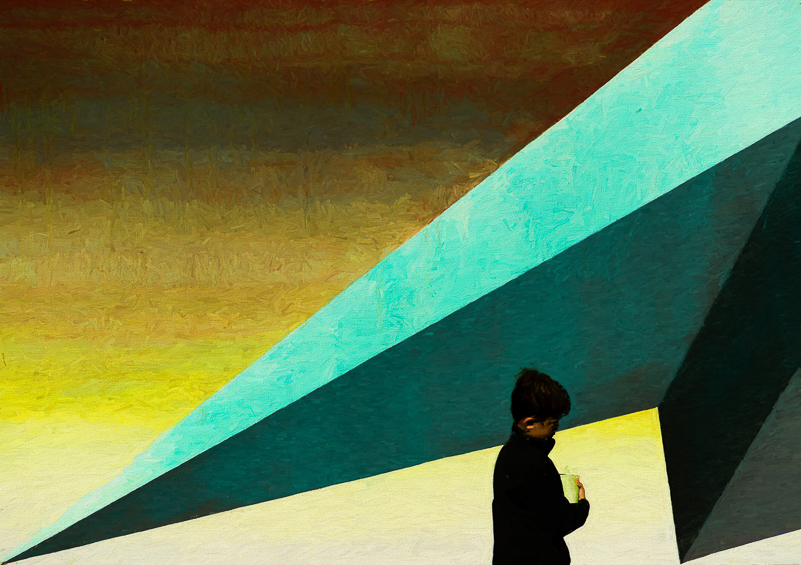A good photograph is one that communicates a fact, touches the heart and leaves the viewer a changed person for having seen it. It is, in a word, effective.
– Irving Penn
There are as many things that DO matter in photography as things that Don’t. This is true in photography as much as it is in life. In fact, there’s a book, Don’t Sweat the Small Stuff . . ., by Richard Carlson (1997) that was meant to help people put things in perspective, figure out what matters and what does not. This is something worth considering because many of the small things, when placed in the bigger picture, really don’t matter.
So, when I ask, “What does it matter?” in our images, it’s usually the little things that can have great impact in one direction or another. I find that three factors play a part in helping us create stronger, more impactful or expressive images: Composition, Light and Focus. There are a lot of little things within these categories that can make a big difference. So, we might want to sweat more of the small stuff by paying attention. As I cover these elements, I am mindful of sharing what DOES matter and what DOESN’T.
In photography, very often it is the small things that can make a difference in an image – what is included in the frame, what is not, the lighting, and what is or isn’t sharp. Even the schmutz on your sensor, while very small, becomes a big distraction. Clean your sensor and be on the lookout for those spots in your images. They generally don’t show up at wide apertures, but they will be those little things one cannot “unsee” once spotted (similar to lint on a sweater, and so on). Be on the lookout for things that poke into your frame or trash, bright spots or black holes. These “small things” are what compromise your images, and they matter.
COMPOSITION
Beauty can be seen in all things, seeing and composing the beauty is what separates the snapshot from the photograph.
–Matt Hardy
To begin, let’s “define” composition in photography simply as the art of arranging elements within the frame. The way we arrange those elements (what’s in the box) contributes to how an image is received by the viewer in terms of story or emotional impact. (Reminder: YOU are the first and most important viewer of your images.) It doesn’t matter what your subject or message is as long as it is clearly presented.
In most images there is a “STAR” (main point of focus/attention) and any number of “supporting characters.” Our job as the creator is to make those elements clear. What is the image about (a landscape, portrait, macro or abstract)? What do we want our viewers to see? More importantly, what do WE see and what do WE feel? When we slow down and consider those questions, the answers we insert visually into the frame will be clear. Clear subjects lend themselves to stronger images, regardless of what they are. This is also true regardless of whether your approach is more documentary or more interpretive. Sometimes our images are simply about colors or shapes or lines. Other times the subject matter (people, buildings, mountains, waters, trees & flowers) is more concrete and specific.
Learn about Basic Composition Tools – Give yourself a head start on moving into the creative zone by learning what makes compositions work and how to make them more emotionally impactful. An awareness of the elements will give you things to look for in your subjects and scenes. Consider design elements such as line, shape, color, texture, perspective, angles and such when composing. Think about how you arrange your subject within the frame to create a “feel” such as calmness or tension and more.
The “tools” we use often fall under the heading of “rules,” and they include: Rule of Thirds, leading lines, balancing elements, golden spiral, frame within a frame, patterns, symmetry, and more. (I prefer to call them guides vs. rules.) These are all meant to help us arrange the elements in OUR frame to communicate OUR “message.”
In addition to these practical tools, I believe that emotion also plays a part – our own emotional state as well as the emotions that are prompted by our subjects. How we feel about a subject can lead us to create images that communicate those emotions visually. For example, my love of flowers and color and details (my passion for them) makes it easy for me to create more expressive and evocative images and more challenging for me to create the documentary ones (“this is a _______”). How I make those images begins with a commitment of time, focus and intention, and the use of the composition tools I mentioned above. If I am just “phoning it in” and rushing through the shooting, it is most evident in the images I produce.
With any subject, I try to identify first what I find most interesting. Why did I stop? That question helps me build the images – arrange the frame. Typically, I will stay with a subject as long as it takes for the answer to reveal itself within the frame (on the LCD screen). I remove as many distractions as possible in the field, getting all as “right” as I am able and accepting that some things will need to be addressed in post processing.
Think of composition this way: Have you ever walked into a room or space and something felt “off”? I think we all have. Sometimes we can see that with a few changes, some rearranging, the room would feel much better (or rather, we would). Our images are like those rooms. Do we want to create comfort or un-ease? You decide. Whatever my goal, my work is not done in the field until I’ve put in the frame and arranged the elements in such a way that it “feels” the way I want it to. Since photography and flowers are my “Calgon.” I’m usually looking to create calm and delight and to highlight beauty within the colors, curves and light.
Composition matters, first to you as the artist/photographer and then to the viewers you choose to share the images with. If the arrangement of the elements is cluttered and busy, and your “star” is lost in all the chaos, you’ve missed an opportunity. Spending time to consider your choices for what is and isn’t in the frame matters. Slowing down and paying attention matters. Removing distracting elements matters. What your subject is matters less. Making your subject clear matters more.
LIGHT
Look and think before opening the shutter. The heart and mind are the true lens of the camera.
–Yousuf Karsh
As photographers, we all know about “painting with light.” We know how the light (quality, intensity and direction) can make a difference in the images we create, the scenes we photograph and how certain light is magical and draws us in. Other light, not so much. The light matters … a lot. Can we, in post processing, “fix” our images to add or adjust for the light we didn’t have in the field or the light we did have but didn’t capture? Of course. As creative individuals we often take liberties not so much to deceive our viewers but to achieve our vision.
When the light for a sunrise is, shall we say, a dud, I don’t think of adding colors or clouds that were not there. Instead, I work with the light I am given to create something different. Being open and flexible when the light we have is not the light we want matters. That the light is not what we were expecting or anticipating matters not. Not so shocking, we are not in charge of the weather. We are, however, in charge of our attitudes and responses, to everything.
If I wake up at 4:30am (O-dark thirty) to arrive at a location for sunrise, and the light doesn’t “measure up,” I don’t stomp off for coffee and ignore the different kind of beauty in front of me. I stay. I open myself up to the different possibilities and potential. In the same way, when I’m in a garden filled with beautiful flowers and the light doesn’t match what I was hoping for, I stay. I use the practical lighting tools I have to stay and create, to immerse. My portable lighting kit, which I always have with me, includes a diffuser/reflector set (22”), a 12” diffuser and reflector and a small flashlight. This simple kit, attached to a beltloop or my bag, makes it possible for me to photograph in the harshest of light. For flowers, I’m typically looking for soft, even light. The diffuser is my best friend in the field. With these simple tools, I can work the light in my favor, especially for the flowers. If I were friends with my flash, that would also allow me to be more in charge of the light than nature. The light on your subject and in your frame matters.
FOCUS
Sharpness is a bourgeois concept.
–Henri Cartier-Bresson
Finally, the third factor that matters in the image-making process is focus. Questions about focus in an image relate to what is sharp and in focus. Where do I place my focus point? How much of the scene or subject needs to be in focus? What do you want? How you answer these questions in the making of your images can make a world of difference. If your focus is “off” – like the eye is not sharp and in focus on the bird or animal, the image generally falls short of success. Once the eye is sharp, how much more in focus do you want?
With flowers, where you place your point of focus matters. We control depth of field with our choice of aperture. How much focus is in your image matters. It can mean the difference between success and distraction. Busy backgrounds are often created by choosing too small apertures, meaning that your “star” can get lost in the busyness. Too little focus is equally, but not always, liable to create confusion. An edge of focus, no matter how small can go a long way in an image.
Where you focus is always a choice and one that you need to make. If you’re uncertain of the best position for focus point, be sure to move your point or area of focus around in the frame. By doing this, you give yourself some options and wiggle room. Just remember, blurry is blurry forever … and it doesn’t mean that blurry images on their own are abstracts.
If you’re uncertain as to the ideal level of sharpness (focus) in your frame, take images at a wider range of apertures from wide to small. Again, this gives you options to consider later. You can work an image in many ways in post-processing to “fix” what you didn’t do in the field, but you cannot “fix” everything. Believe me, I know. If you slow down long enough to think through what you want to bring home, you have time to mentally focus on the goal and make it happen. Focusing with your attention and with intention matters.
PARTING THOUGHTS
Clearly, there are more than three factors to consider that matter with regard to creating images that express our vision, convey our message and share what we see and feel. The thing that matters least in my mind is what camera you’re using. Stop worrying about full frame, crop sensor, mirrorless, DSLR or your phone. They are just physical tools, gear. They won’t matter if you’re not paying attention to the things that truly create strong images.
What matters most about the tools you use is that you know how to “drive” what’s in your hands. The more you know about the gear you have, the easier it is to create images that you see in your mind’s eye. The less comfortable you are with whatever camera you have, the more you will struggle, stumble and give up on an image. Don’t give up.
Learn all you need to in order to know how to use what you have. A new camera will not make you a better photographer. It will simply transfer your money into someone else’s hands. If you want to expand your creativity and skills, make friends with your gear. Pay attention to composition, light and focus – the things that matter – and you will be on your way.
I am not interested in shooting new things. I am interested to see things new.
–Ernst Haas
